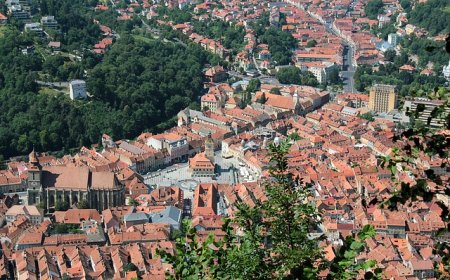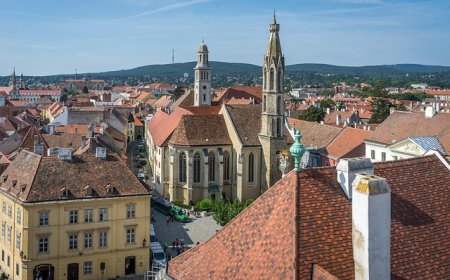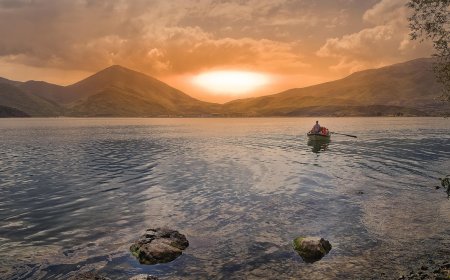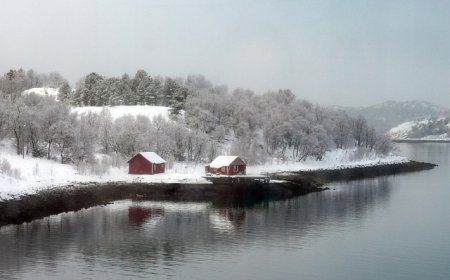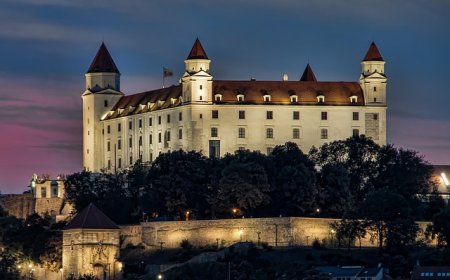Sweden: Geography, History, and Culture for Students
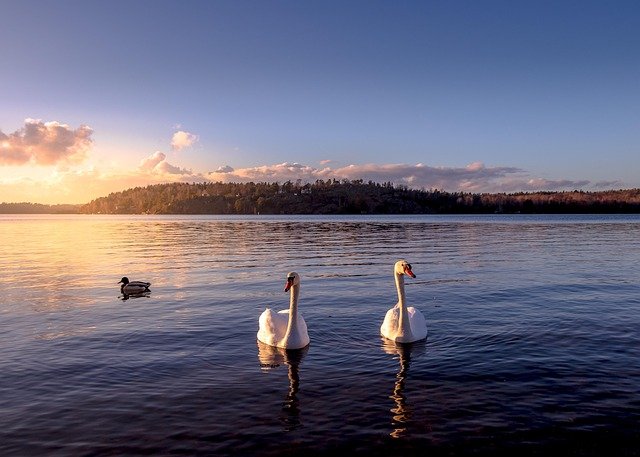
🇸🇪 Sweden: A Land of Forests, Innovation, and Nordic Culture
🗺 Introduction
Sweden is a peaceful and modern country located in Northern Europe, known for its beautiful forests, lakes, snowy winters, and high-tech cities. It is one of the three Scandinavian countries, along with Norway and Denmark, and has a long history that includes Vikings, royalty, and inventions that shaped the world.
In this article, you’ll learn about Sweden’s geography, major cities, culture, food, and history. Whether you’re curious about snow-covered forests, ancient runestones, or delicious cinnamon buns, Sweden is a country full of surprises and traditions.
🌍 Geography and Location
Sweden is the largest country in Scandinavia, located on the eastern side of the Scandinavian Peninsula. It shares borders with Norway, Finland, and is connected to Denmark by a long bridge across the sea. To the east, it faces the Baltic Sea, and to the west, the Kattegat Sea.
Much of Sweden is covered by forests, lakes, and low mountains. The country is long and narrow, stretching from the Arctic Circle in the north to more temperate southern regions. Winters in the north are dark and snowy, while summers bring long days of sunlight—sometimes called the midnight sun. In southern Sweden, the weather is milder and good for farming.
There are thousands of lakes in Sweden, as well as vast rivers and archipelagos (groups of islands) along the coast. These natural features make Sweden one of Europe’s most scenic and peaceful countries.
🏙 Cities and Regions
The capital of Sweden is Stockholm, a city built on 14 islands and connected by over 50 bridges. It’s known for its beauty, clean streets, and mixture of old and new buildings. Stockholm is home to the Royal Palace, the Vasa Museum (which holds a 1600s ship), and many parks and waterfront walkways.
Other important cities include:
- Gothenburg, a port city on the west coast known for its universities and seafood
- Malmö, in the south, which connects to Denmark via the Öresund Bridge
- Uppsala, famous for its ancient university and Viking history
- Kiruna, in the far north, where people can see the northern lights
Sweden is divided into 21 counties and three main regions: Götaland in the south, Svealand in the center, and Norrland in the north. Each region has its own culture, dialects, and natural environment.
👨👩👧👦 People, Language, and Culture
Sweden has a population of about 10.5 million people. The official language is Swedish, a Germanic language closely related to Norwegian and Danish. Many Swedes also speak English, especially in cities and schools. There are also communities that speak Sámi, Finnish, and Arabic.
Sweden is known for its values of equality, education, and kindness. People enjoy a good balance between work and free time and spend much of their free time outdoors. A Swedish tradition called fika is a favorite daily ritual—it means taking a break to enjoy coffee and pastries, often with friends.
Sweden is a constitutional monarchy, meaning it has a king, but the government is run by elected officials. Religion is not a major part of most Swedes’ daily lives, though holidays like Christmas, Easter, and Midsummer are widely celebrated with family and community events.
🍽 Swedish Food and Traditions
Swedish food is influenced by the seasons and the landscape. Common ingredients include fish, potatoes, root vegetables, grains, and berries. In northern Sweden, wild game like moose and reindeer is popular. Swedes also love baking, and sweets play a big role in social traditions.
Some well-known Swedish foods include:
- Meatballs (köttbullar), served with potatoes and lingonberry sauce
- Gravlax, or cured salmon, often eaten with dill and mustard
- Knäckebröd, a crisp rye bread
- Prinsesstårta, a green layered cake with cream and marzipan
- Cinnamon buns (kanelbullar), usually eaten during fika
Swedes enjoy seasonal traditions. In December, many people celebrate Saint Lucia’s Day with candlelight processions and songs. In June, Midsummer is celebrated with flower crowns, dancing around maypoles, and feasting on herring and potatoes.
🏛 History of Sweden
Sweden’s history stretches back to the time of the Vikings, who lived in the region around 800–1100 CE. Swedish Vikings traveled east to trade with Russia and the Middle East, leaving behind runestones and ancient artifacts.
In the Middle Ages, Sweden was part of the Kalmar Union with Denmark and Norway. It became independent in the 1500s and soon grew into a powerful kingdom under King Gustav Vasa, who is seen as the father of modern Sweden.
During the 1600s and 1700s, Sweden had a large empire, but it later became neutral in European wars. Sweden remained neutral in both World War I and World War II. This helped it avoid destruction and develop a strong, peaceful society.
Today, Sweden is known for being one of the world’s most stable democracies, with free education, healthcare, and a high quality of life.
🌿 Nature and Environment
Sweden is one of Europe’s greenest countries. Almost 70% of its land is covered in forests, and there are over 100,000 lakes. National parks and protected areas allow people to hike, ski, canoe, and observe wildlife.
Wild animals in Sweden include moose, reindeer, lynx, wolves, and brown bears. In the north, the Sámi people continue their traditional way of life, including reindeer herding and using Sámi languages and crafts.
Swedes care deeply about the environment. They recycle nearly all household waste and use renewable energy, like wind and hydropower. The country’s respect for nature is part of daily life and education.
🧠 Why Sweden Matters
Sweden has given the world many great ideas, companies, and inventions. It’s the birthplace of companies like IKEA, Spotify, and Volvo, and it supports global peace through the Nobel Prizes, awarded in Stockholm each year for achievements in science, literature, and more.
Sweden continues to influence the world through its leadership in education, technology, and environmental sustainability. It is a country where the past is respected and the future is embraced.
📚 Vocabulary List
| Word | Definition |
|---|---|
| Scandinavia | A region in Northern Europe that includes Sweden, Norway, and Denmark |
| Fika | A Swedish custom of taking a break for coffee and snacks |
| Runestone | A stone carved with Viking-era writing or symbols |
| Midsummer | A Swedish holiday celebrating the longest day of the year |
| Gravlax | Cured salmon, often flavored with dill and spices |
| Sámi | Indigenous people of the Arctic areas of Sweden, Norway, and Finland |
| Neutrality | The policy of not taking sides in wars or conflicts |
| Renewable Energy | Energy from sources that naturally replenish, like wind or water |
✨ Fun Facts About Sweden
Sweden has the largest hotel made entirely of ice—the Icehotel in Jukkasjärvi.
The Nobel Prizes were founded by a Swedish scientist named Alfred Nobel.
Santa Claus is believed to live near the border between Sweden and Finland.
Swedes drink a lot of coffee—some of the most in the world!
The Öresund Bridge connects Sweden to Denmark and stretches over 5 miles.
👧🧒 Kid-Friendly Summary
Sweden is a beautiful country filled with forests, lakes, and cozy traditions. People love to take breaks with coffee and cinnamon buns, and they enjoy being outside in all seasons. Sweden has a Viking past and is now known for peace, inventions, and green living. Whether you’re walking through snowy woods, visiting the royal palace, or enjoying a Midsummer dance, Sweden is a place full of wonder!
🧠 Interactive Quiz: How Well Do You Know Sweden?
1. What is the capital city of Sweden?
A) Oslo
B) Helsinki
C) Stockholm
D) Copenhagen
2. What is “fika”?
A) A type of Viking boat
B) A Swedish snack break with coffee
C) A snow-covered mountain
D) A dance
3. What kind of bread is popular in Sweden?
A) White bread
B) Sourdough
C) Knäckebröd (crispbread)
D) Banana bread
4. Which group of people are Indigenous to northern Sweden?
A) Inuit
B) Sámi
C) Maori
D) Zulu
5. What award is given each year in Sweden for important achievements?
A) Grammy
B) Nobel Prize
C) World Cup
D) Olympic Medal


















































